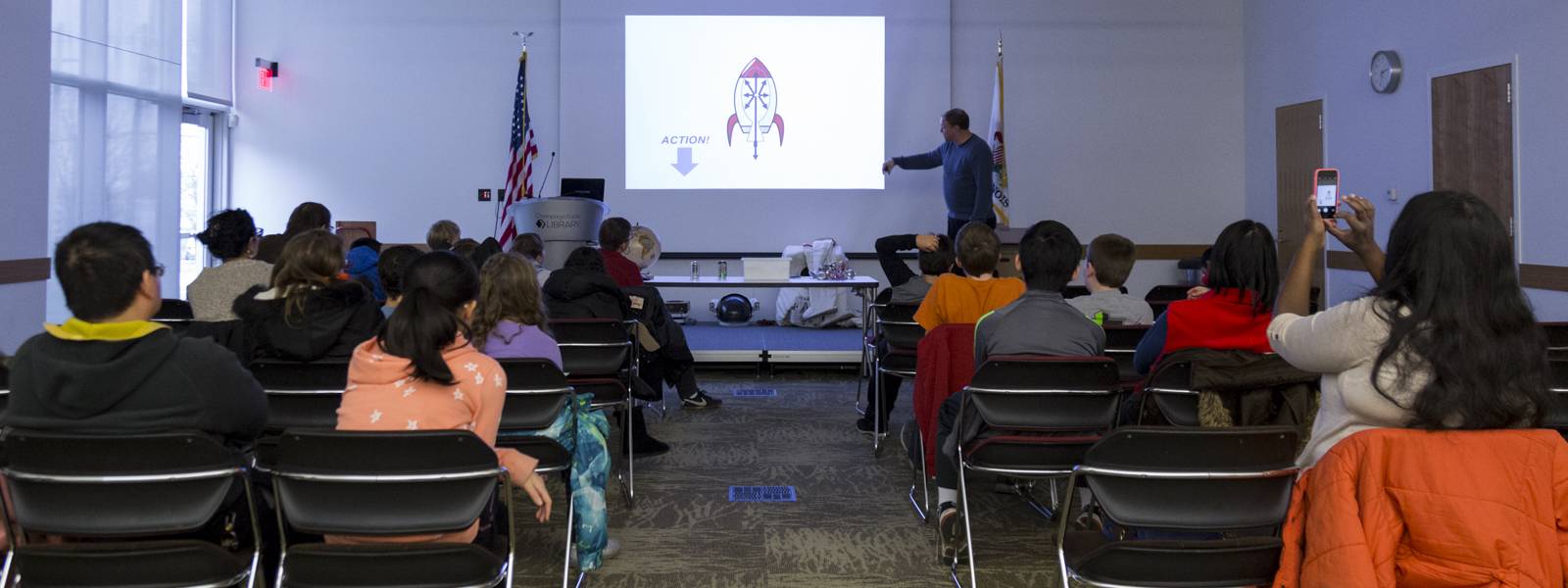This past weekend, Champaign Public Library hosted Dave Leake to talk about living in outer space. Leake, director of the William M. Staerkel Planetarium at Parkland College, brought a combination of fun activities, videos, and discussion for a crowd of about 20 junior high school-aged children. The workshop lasted for just under two hours, and not only kept the kids engaged and entertained but also taught quite a bit of age-appropriate scientific principles along the way.
Speaking with Leake before he got started, he was most enthusiastic about seeing what the kids thought would be the most important thing a person would need to live in space. “Most people would think that it’s food or water, but the most important thing that you need is air pressure.” And the audience responses to that very first question were pretty much exactly that: food, water, space suits, air (close, but not quite!) even space shuttles.
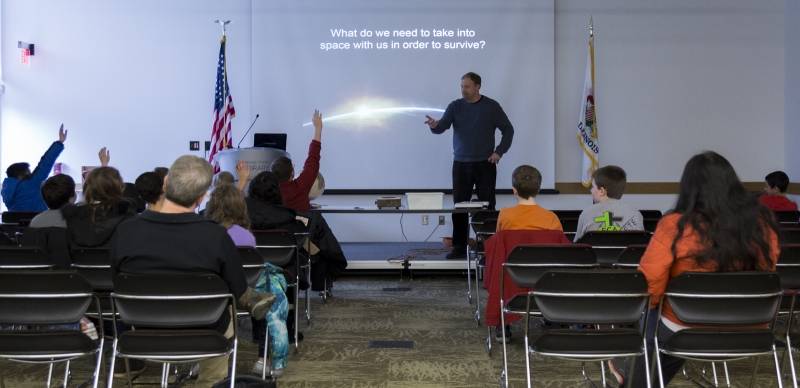
As Leake went on to explain why air pressure, at 14 psi, was most important (so that YOU don’t explode), he had the children come up to press on scales to see how difficult it is to get just the right pressure. They also got to experience first hand what happens when pressures are not equal by plunging cans filled with heated steam into a water bath and watching as the outside air instantly crushed the cans.
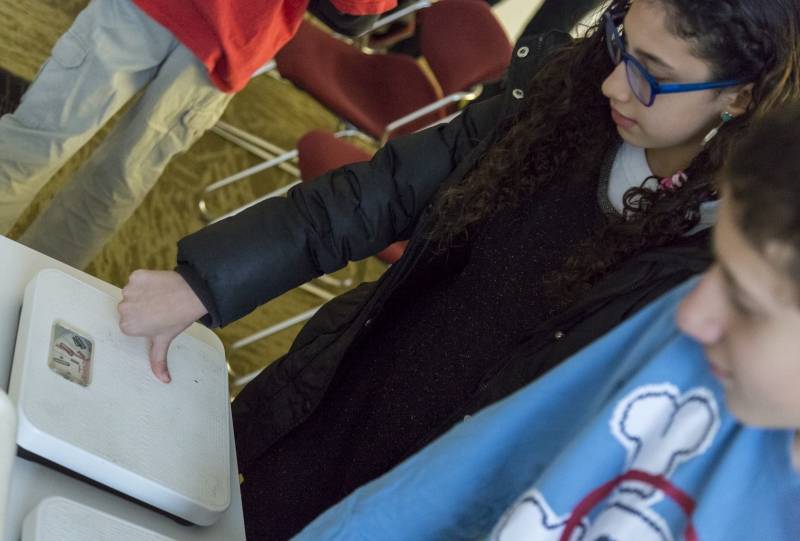
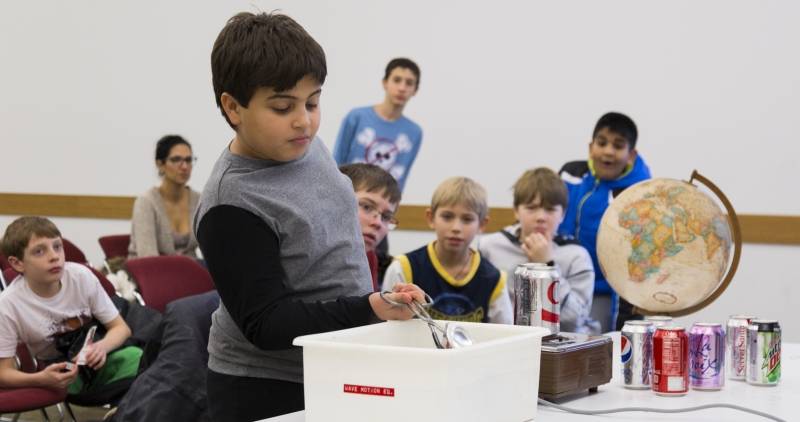
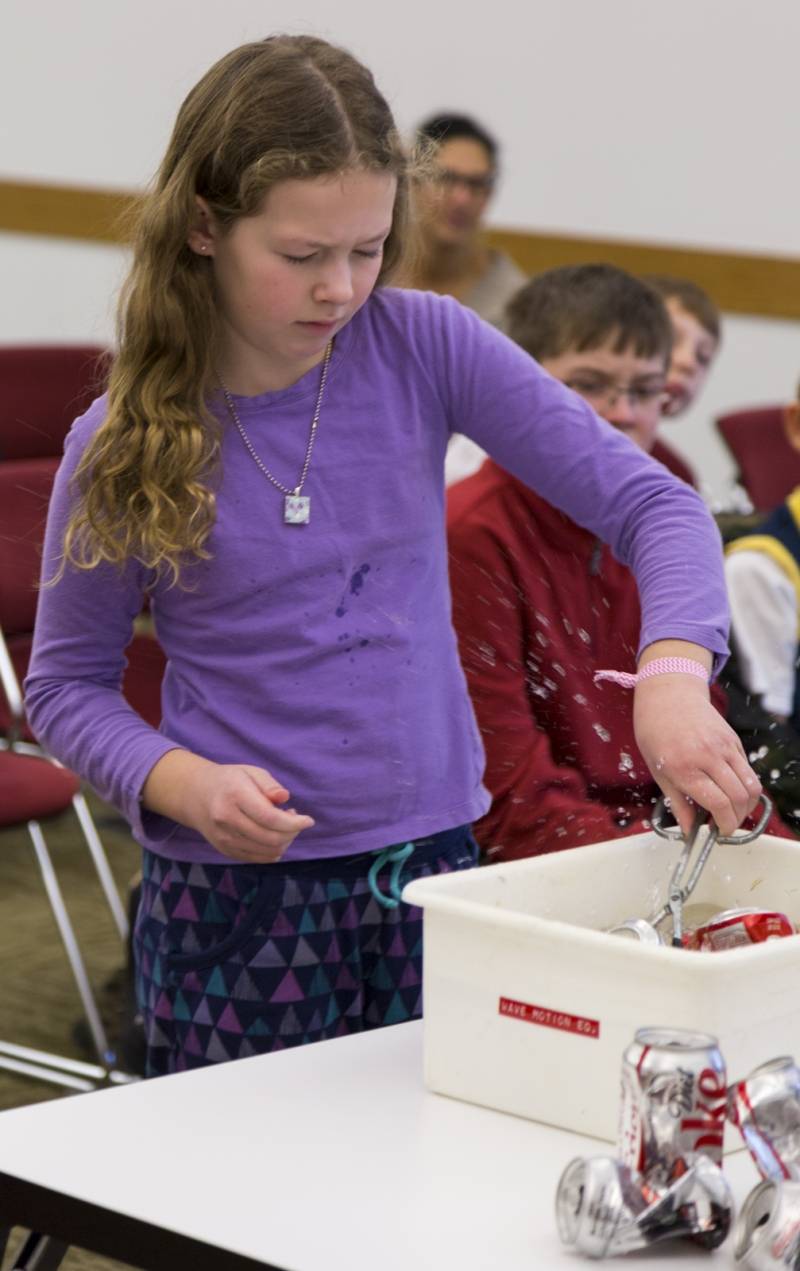
After everyone had their share of the fun destruction, Leake discussed more about the space program and its history. While some of the traditional points were covered, such as what was the first object in space and who first stepped onto the moon, he also talked about the development of space suits themselves (including the first one designed, taken from the U.S. Navy, that never made it into space) and how unsure scientists were that a human could survive in space.
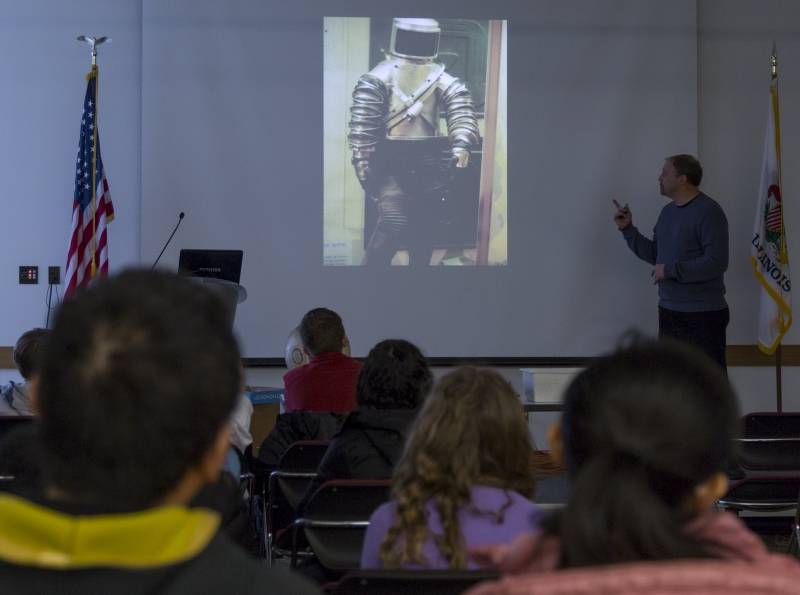
Done with some of the history lessons, everyone broke up into pairs or small groups to work through a scenario: You’re trapped on the moon, rescue is a few days away, and you have to get to the pick-up location- what do you need to make it there? It was very interesting to see the children discuss — sometimes quite lively- what they needed and in what order of importance. Everyone was really into the activity, working hard to get it right. There was even a humorous point that speaks to how the generations and technology have changed from yesteryear: at one point I was asked by one of the groups what an FM Transceiver was. It made me feel a bit old that I was probably one of four or five people (all adults) in the room that knew it was a radio.
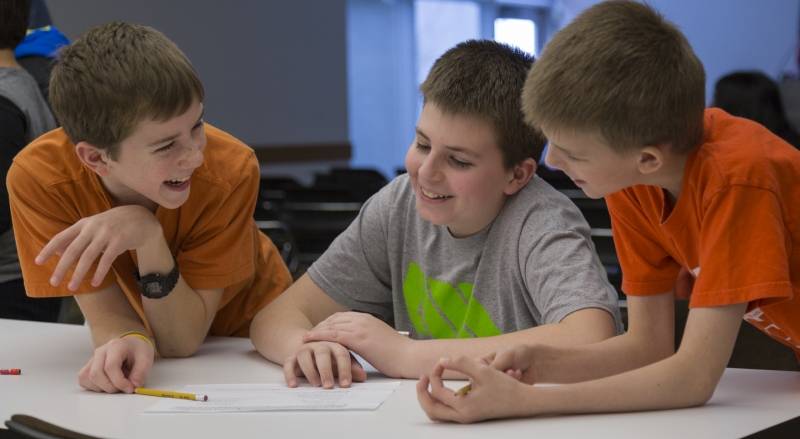
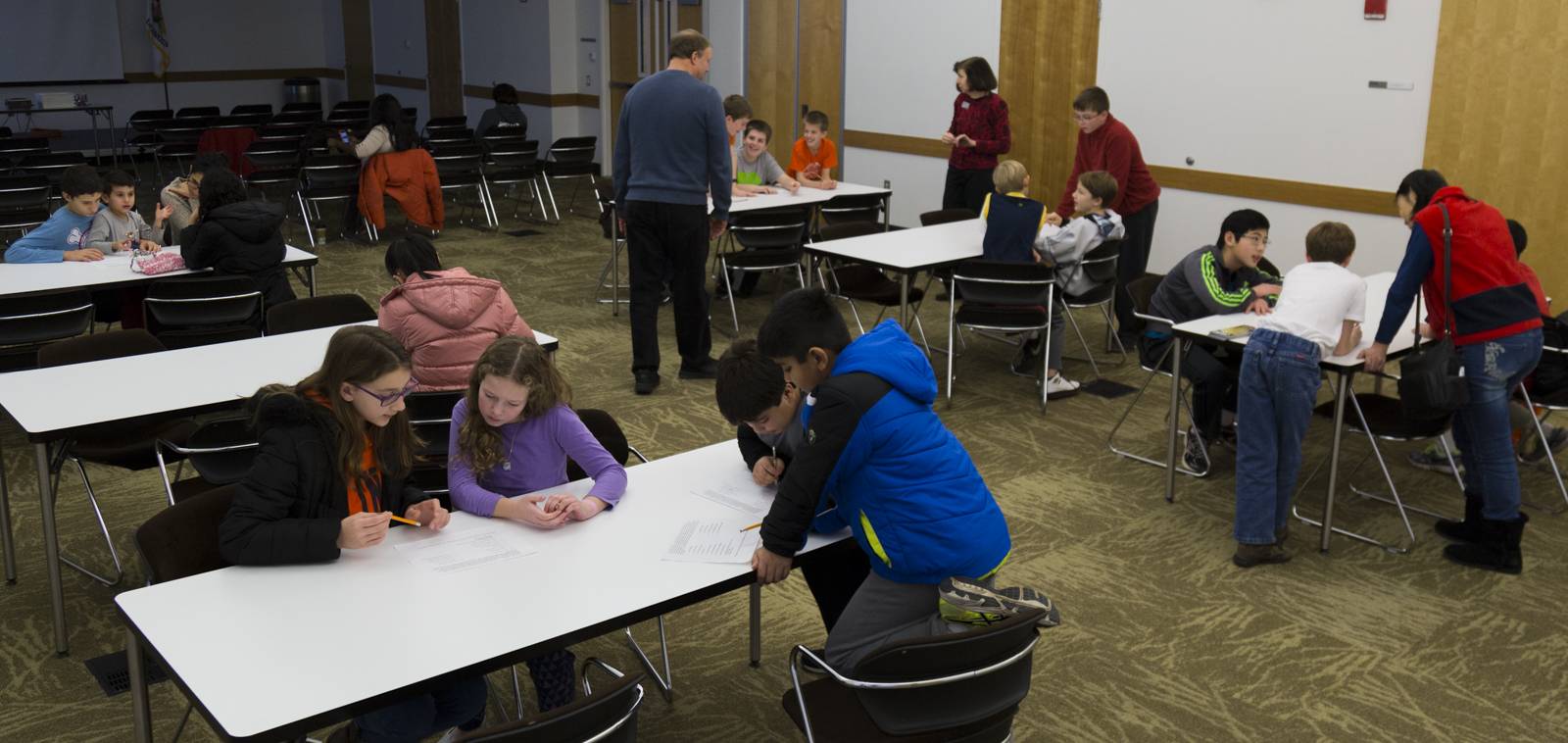
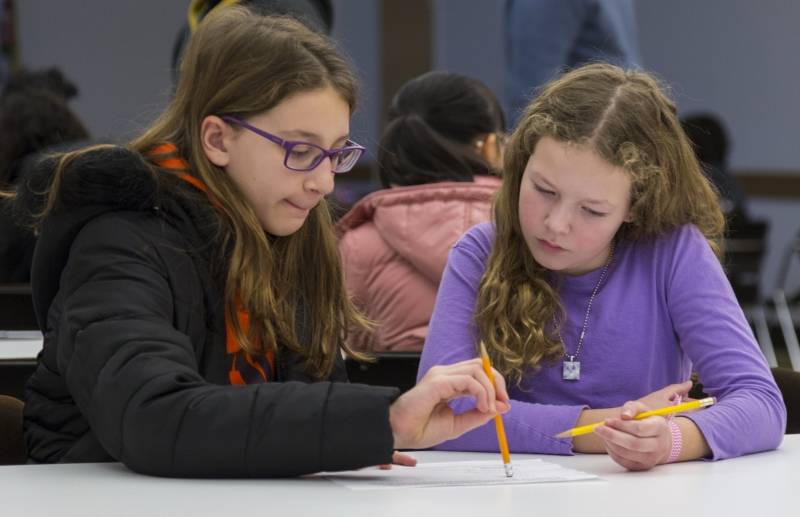
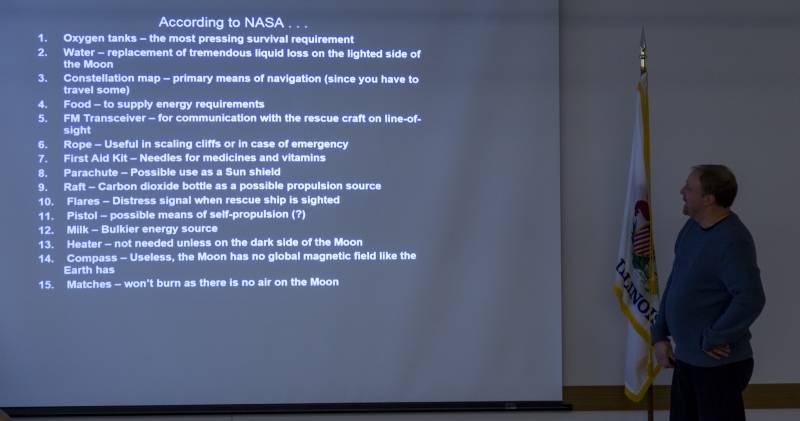
After calling everyone back to their seats and discussing the answers (with cheers from those who got the order correct, of course), Leake went on to describe more about what it takes to leave Earth and work in space. There were definite science lessons here, however he explained both physics and Newton’s laws in a way that kept everyone engaged and asking plenty of questions.
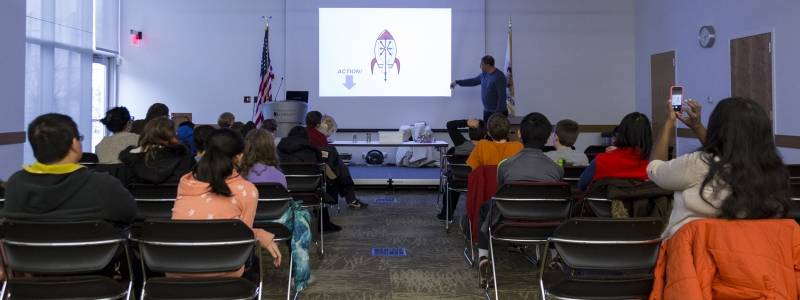
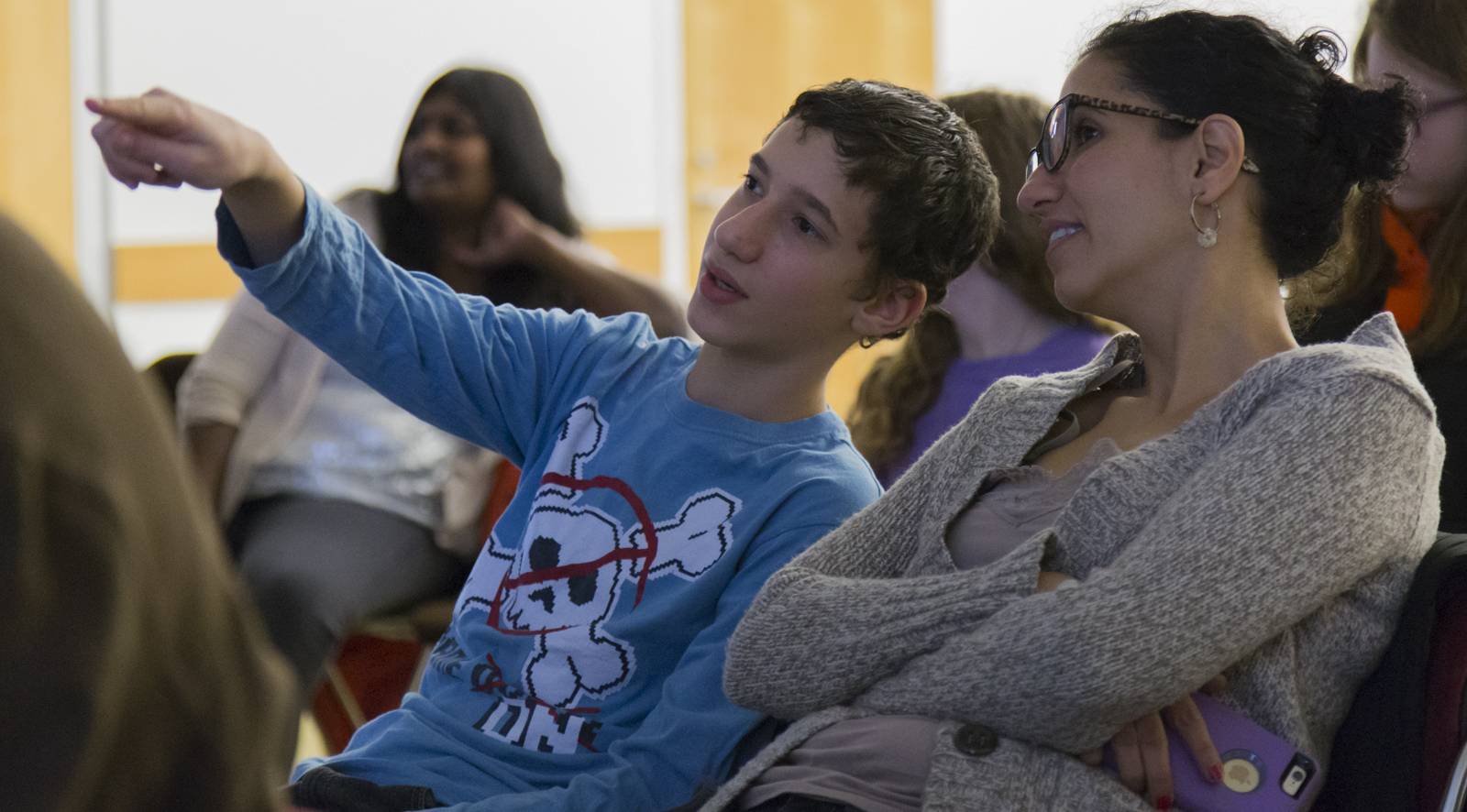
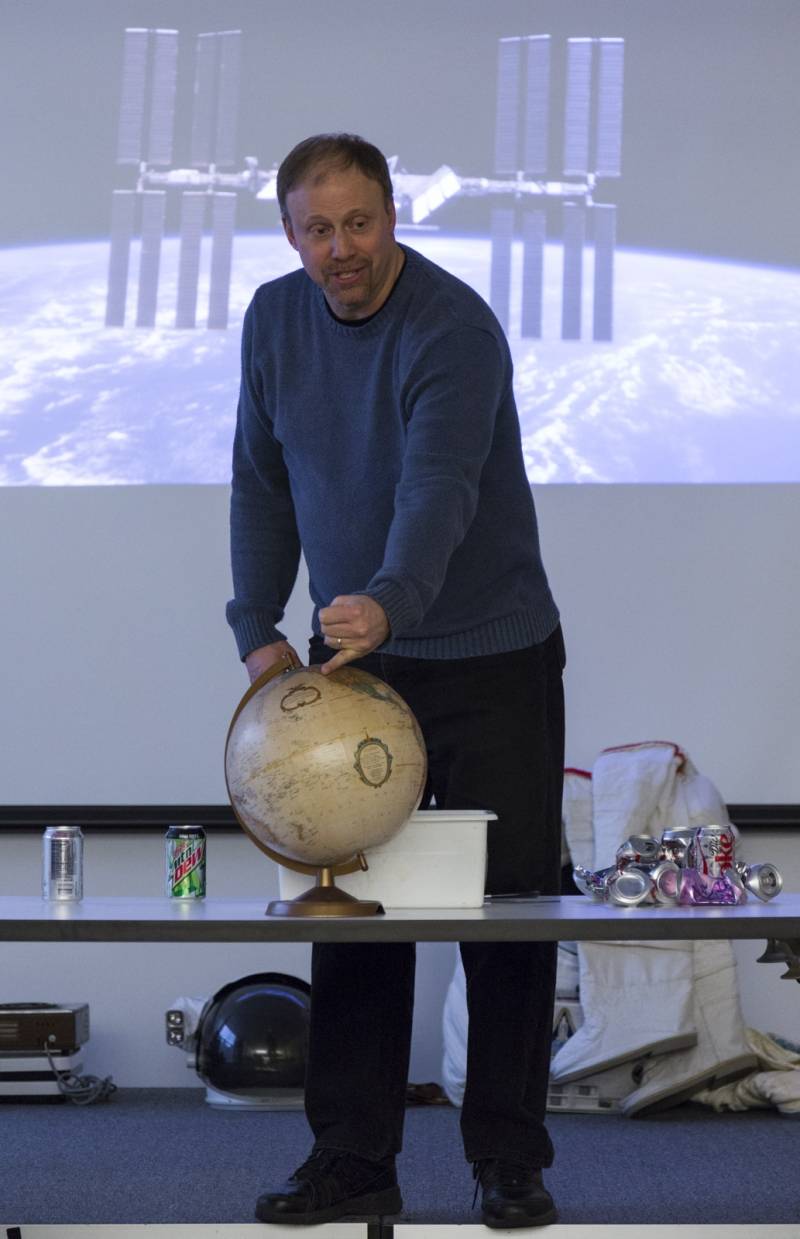
Done with the basics of rocket science, out came the keystone of the presentation: a replica spacesuit!Made from the same materials as actual space suits the astronauts wear today, the only difference seemed to be a different helmet (with a visor that lifts so as not to suffocate the wearer; actual helmets are solid) and the lack of oxygen tanks and internal components. Which was a good thing, as a fully-loaded model weighs over 500 pounds. Leake walked everyone through the parts of the suit: helmet, snoopy cap (contains the communication headset), gloves, radio, long underwear for cooling (it’s hot in the direct sun!), a diaper. You read that right; diapers are a standard component for space walks, as astronauts could be working for five or more hours at a time. Luckily for the audience, however, NASA wouldn’t send a replica diaper for examination.
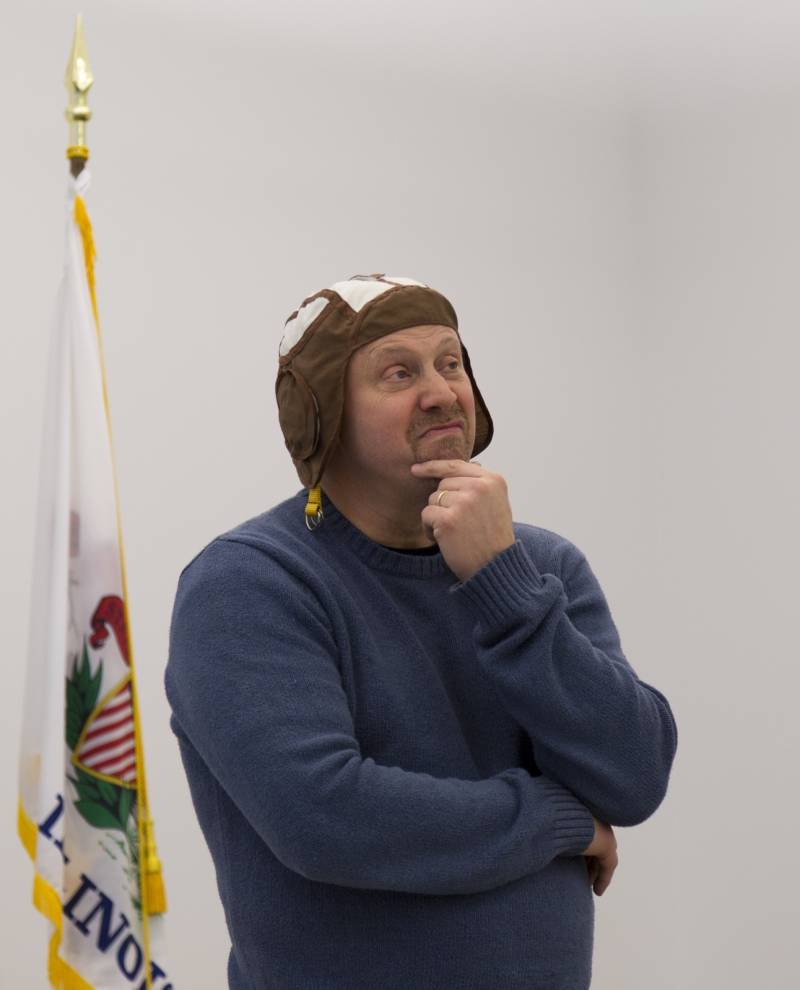
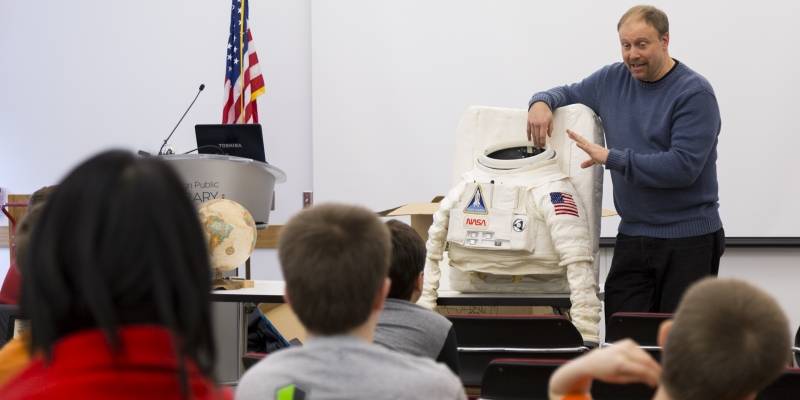
Nearing the end of the workshop, one lucky kid chosen by raffle got to put the suit on. Made for a grown-up, it was entertaining to see a much smaller person get swallowed up by the suit. Once fully donned, he looked like a REALLY short astronaut. After answering a few questions from his peers about what it felt like to be in the suit, he stood on the stage as everyone came up to feel the suit itself.
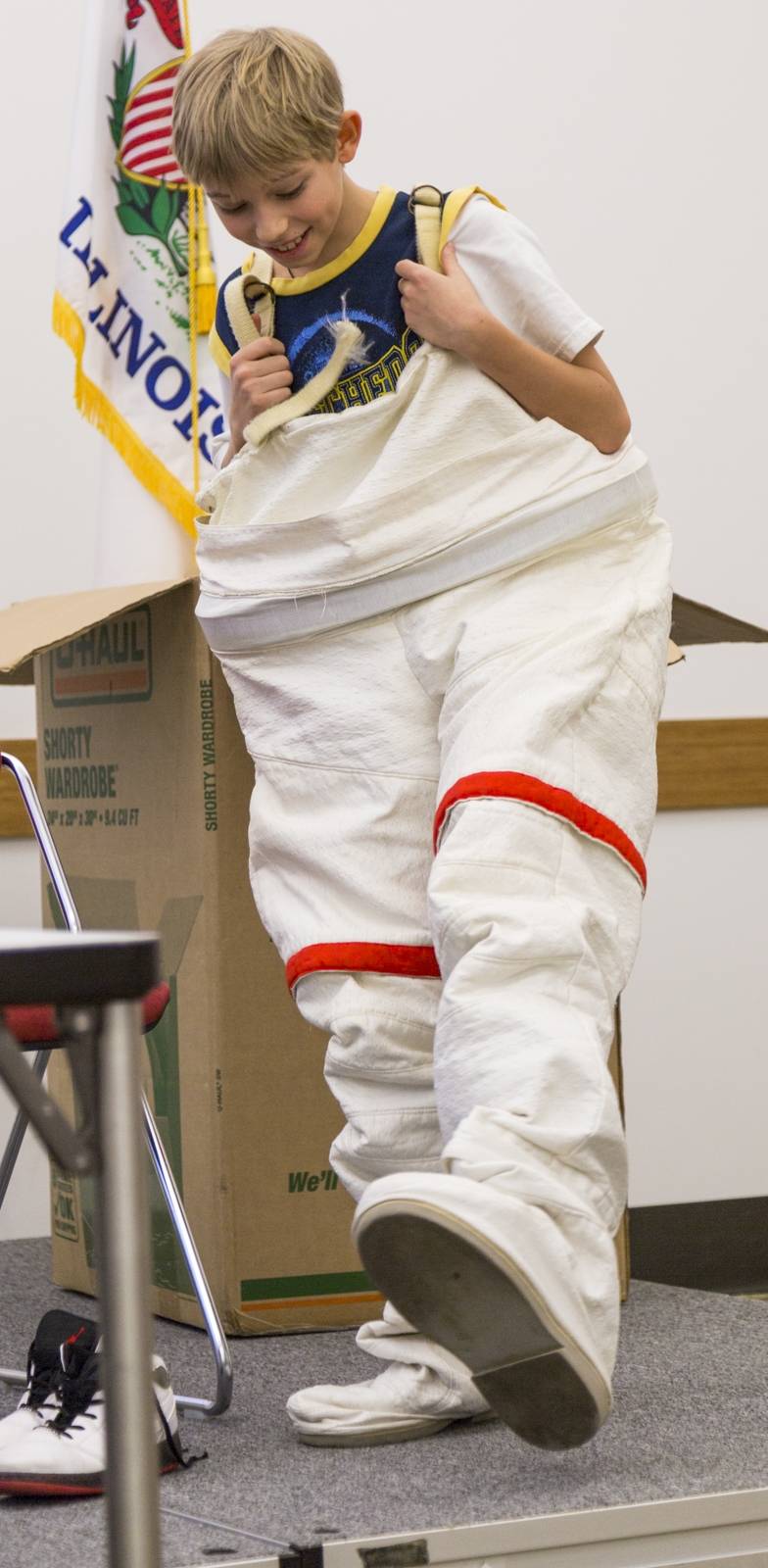
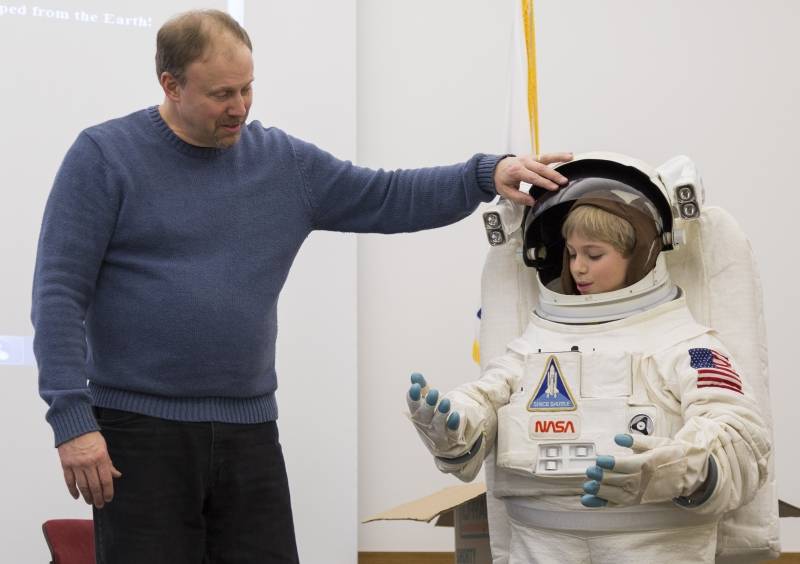

The workshop ended with one last raffle prize, a planisphere star chart, being given out to a lucky winner. Everyone left with smiles on their faces, and it definitely felt like a worthwhile two hours to spend at the library on a cold Saturday afternoon.
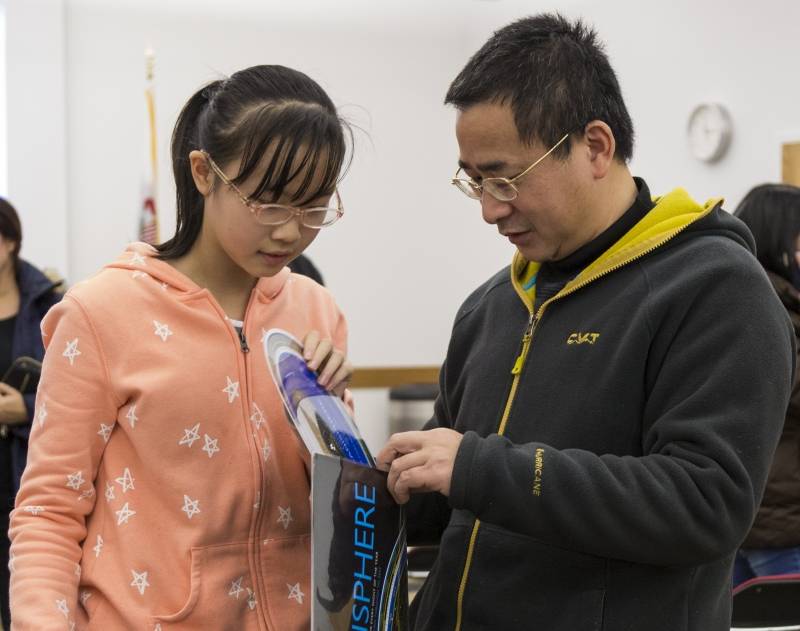
More Teen STEAM @ the Library events are coming up in the near future, so make sure to check out the library schedule here. Also, don’t forget to take a look at the William M. Staerkel Planetarium’s website for a list of shows and upcoming events.








